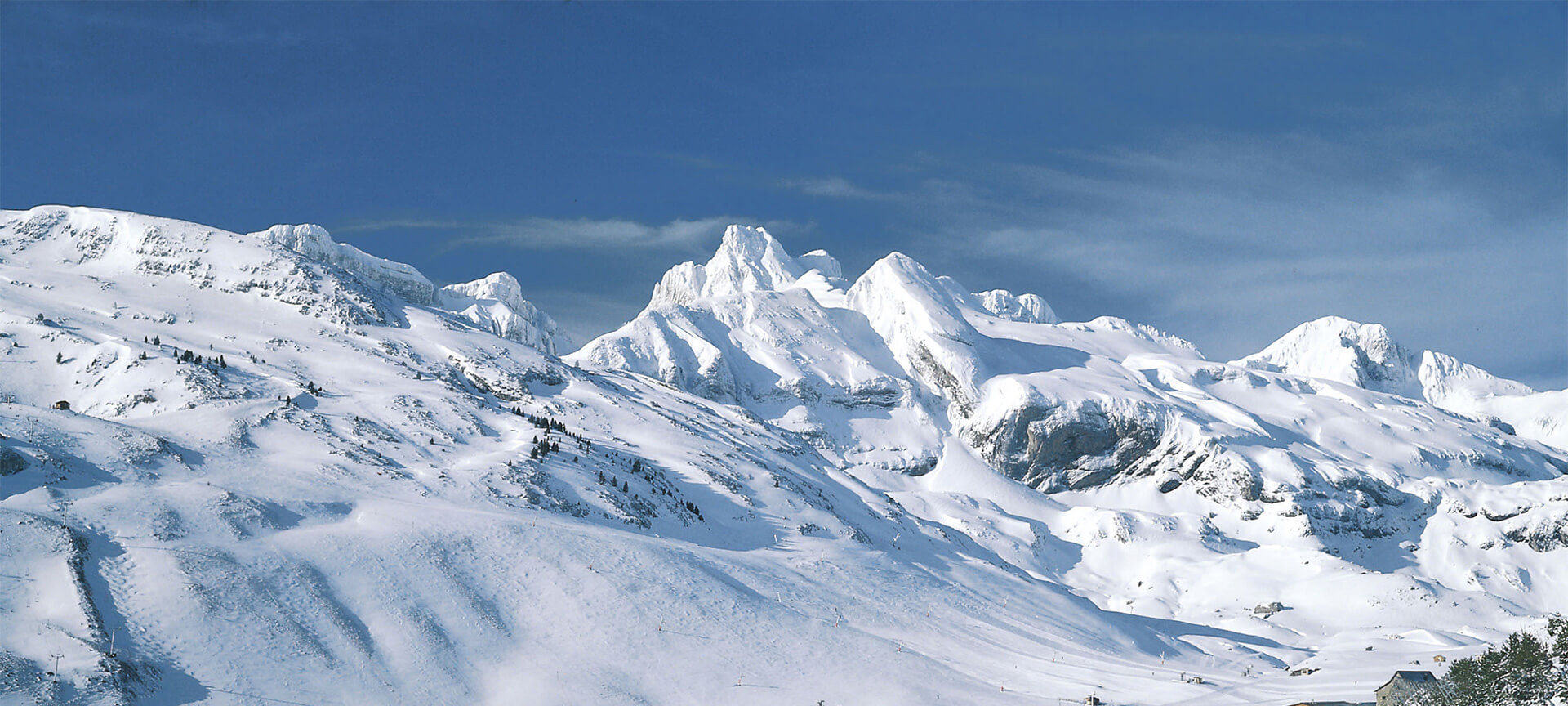
Valles Occidentales Nature Reserve

Located at the westernmost end of the Aragonese Pyrenees, this natural space encompasses one of the best preserved places in the mountain range, known for its peaks that reach heights of over 2,600 m, lush forests and endangered species including the brown bear or the osprey.
In the Jacetania region (Huesca), the Valles Occidentales Nature Reserve includes emblematic peaks such as Bisaurín, standing at 2,670 m, or Mesa de los Tres Reyes, at 2,446 m, as well as high mountain lakes such as Lake Estanés. The region's wildlife includes a variety of birds, such as the white-backed beak and the bearded vulture, in addition to other species. The region's rivers are home to the Pyrenean desman, the otter and the Pyrenean frog. The high mountains are also home to specimens of brown bears.
Valles Occidentales Nature Reserve
Huesca (Aragón)
Huesca (Aragón):
- Aisa
- Ansó
- Aragüés del Puerto
- Borau
- Canal de Berdún
- Jasa
- Valle de Hecho
Activa JS
What you need to know
-
Cultural information
The landscape is shaped by traditional agricultural activity, with examples of popular architecture including the pastoral cabins scattered throughout the valleys. One of these valleys, the Aragón Subordán valley, is home to the largest megalithic concentration in the autonomous community, as well as remains of a Roman road.
-
Environmental information
The area's climate is humid and cool, fomenting the appearance of unique forest masses such as the Oza Forest or the Labati and Gamueta forests. Large beech and fir trees coexist with expanses of black pine. There are more than 1,200 species of plants here, with 232 considered rare and seven endemic to the rocky areas.
-
Information for visits
The reserve's interpretation centre is located in the centre of the medieval town of Ansó. It spans two floors, one of them dedicated exclusively to the brown bear.
Travel plans for inspiring you



